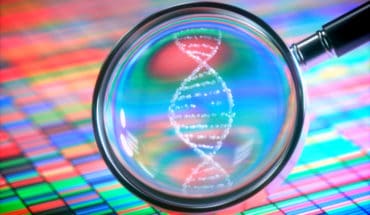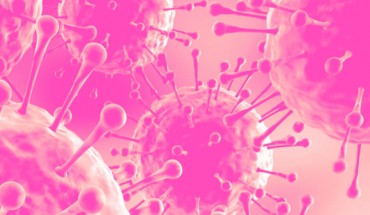Ten years ago, I was based in South Africa and involved in scaling up treatment for people with HIV. That country has one of the highest rates of HIV infection in the world – of 38 million people infected with HIV worldwide, around seven million of them live in South Africa.
While I was there, I became acutely conscious that one of the major limitations was the lack of simple ways to diagnose the condition, and then monitor the viral load of patients who were actually receiving anti-retroviral drugs. These drugs are now very effective and can help people with HIV return to normal life and even have an average life expectancy, but they can stop working if someone develops resistance. The tell-tale sign that this is happening is increased concentration of live viruses in the blood, or higher viral loads. Regular viral load tests, every six months, are needed to ensure that treatment is doing its job.
But standard ways of doing this in high income countries like the UK and the US involve taking blood samples which are then tested in a laboratory – a process that is expensive and involves highly skilled technicians. In many parts of sub-Saharan Africa, including South Africa, these facilities are just not available, so not surprisingly, millions of people can fall through the net. When I was there, there was just one laboratory for 1 million HIV sufferers.
When I returned to the UK in 2008 and joined the team at Imperial College, London, I became aware that they had a technology that could analyse blood samples quickly and efficiently on a microchip. At the time, it was being used to read genetic (DNA) codes. This technology was developed by Chris Toumazou’s team , DNAe’s Founder, Executive Chairman and Regius Professor at the Department of Electrical and Electronic Engineering. He received the European Inventor Award of the European Patent Office in 2014.
Over the last eight years, I have been part of a team at Imperial College London and DNA Electronics adapting the same technology to digitally read blood samples for HIV and other viruses. Now we have developed a device has been shown to accurately diagnose HIV infection, as well as detect when viral loads are reaching worrying levels. Our findings, based on testing over 900 human samples, are published in the latest issue of Scientific Reports. The device uses a drop of blood to detect HIV, and then creates an electrical signal that can be read by a computer, laptop or handheld device. The blood sits inside a well inside the chip which causes a chemical reaction. Depending on the presence of the virus, it changes the acidity of the well which is then converted into an electric current.
The device, which is essentially a form of HIV test performed on a USB stick, can give an accurate reading in under 30 minutes and it is so simple to use that it will be able to be used by community health workers. We are still working on ways to ensure that the blood transfer process can be done with no chance of cross contamination and the final product will have an inbuilt system to ensure that it is 100 per cent safe and can be disposed of easily.
Although it is not yet on the market, this technology could allow patients to regularly monitor their virus levels in much the same way that people with diabetes check their blood sugar levels.
- HIV test performed on USB stick - 20th November 2016
- Viral hepatitis kills as many as malaria, TB or HIV/AIDS - 11th July 2016






